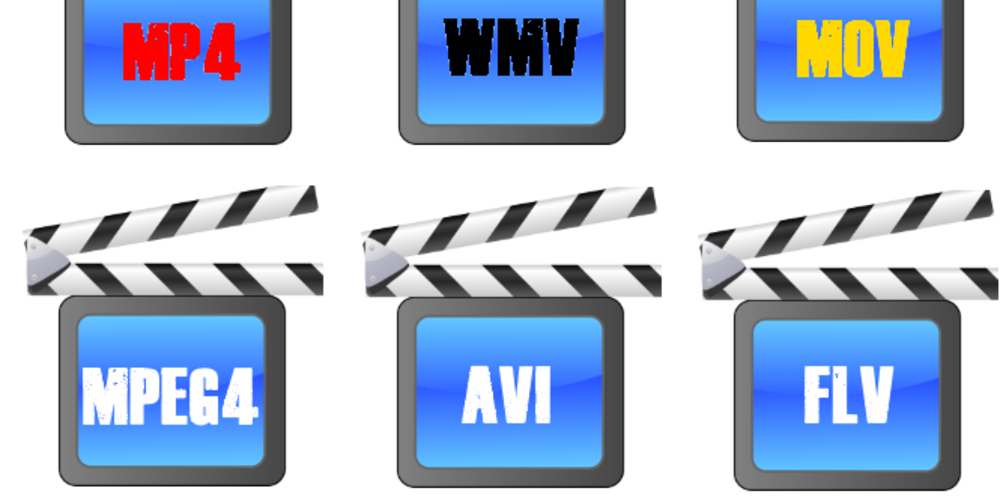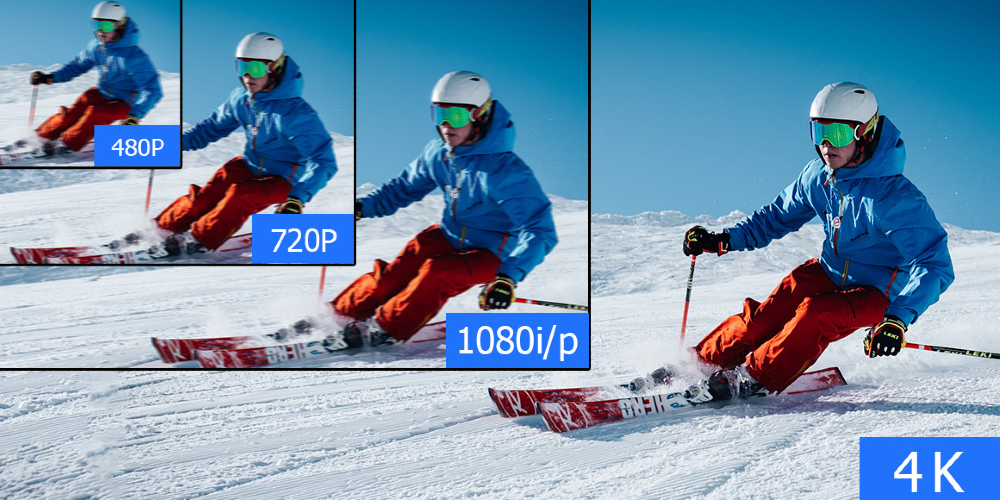Efficient Video Compression: Preserving Quality While Saving Space
- Dec 17, 2023
- 114

As visual media becomes increasingly high-definition, the digital landscape is filled with stunningly crisp movies and animations. These rich media experiences come at a cost, however, as the file sizes associated with high-quality video content can be enormous. For individuals and businesses alike, managing these large files is a significant challenge. Storing them demands considerable space on hard drives, cloud storage solutions, and external devices, which can be expensive and inconvenient. This predicament often leads to a compromise where videos are compressed to save space but at the unfortunate expense of visual fidelity.
Thankfully, technological advancements have led to the development of video compression tools that allow us to shrink video file sizes without a noticeable drop in quality. This article will serve as a guide to navigating the complex world of video compression, providing insights into how to reduce file sizes while maintaining the pristine clarity of your videos. We will explore various software options and techniques that achieve this delicate balance. By the end of this article, you'll be equipped with the knowledge to keep your videos looking their best without letting file size get in the way of your storage and sharing needs.
Introduction to Video Compression
Video compression is a process that reduces the size of a video file by using various algorithms to eliminate redundant or unnecessary data. It's a crucial step in video editing and distribution, allowing for easier uploading, downloading, and streaming. The trick is to find a compression method that reduces the file size as much as possible without degrading the perceived quality of the video to the human eye.
We differentiate between two types of compression: lossless and lossy. Lossless compression retains all the original data, ensuring no quality is lost in the process. Lossy compression, on the other hand, removes some data, which can lead to a decrease in quality. However, with the right tools and settings, lossy compression can still maintain a level of quality that appears lossless to viewers.
Understanding Video File Formats and Codecs

Before diving into compression techniques, it's important to understand video file formats and codecs. A file format is a container that holds video, audio, and metadata. Examples include MP4, AVI, and MOV. A codec, which stands for coder-decoder, is the technology for compressing (encoding) and decompressing (decoding) video and audio data within these containers. Common codecs include H.264, H.265 (HEVC), and VP9.
Selecting the right combination of file format and codec is essential for efficient compression. For instance, the H.265 codec is known for providing higher compression rates compared to H.264, meaning you can achieve a smaller file size with similar quality.
Top Tools for High-Quality Video Compression
Let's explore some of the best tools available for compressing videos without losing quality:
HandBrake
HandBrake is a free, open-source software that provides powerful video compression features. It supports most common formats and codecs, and it's equipped with presets that make it easy to get started. HandBrake allows you to adjust compression settings like bitrate and frame rate, as well as use advanced features such as two-pass encoding and constant quality mode for optimal results.
FFmpeg
FFmpeg is a robust command-line tool favored by video professionals. While it may have a steeper learning curve, it offers unparalleled control over video compression. FFmpeg supports a vast array of codecs and provides detailed parameters to fine-tune the compression process to your exact needs.
Adobe Media Encoder
Adobe Media Encoder is a part of the Adobe Creative Cloud suite and is perfect for those already using Adobe software for video editing. It seamlessly integrates with Premiere Pro and After Effects, offering a user-friendly interface with a wide range of compression options and presets.
Shutter Encoder
Shutter Encoder is a free and versatile video converter that's easy to use and supports several codecs and formats. With features such as batch processing and the ability to choose compression settings, Shutter Encoder is an excellent choice for both novices and professionals.
Best Practices for Compressing Videos Without Losing Quality

When it comes to compressing videos effectively, there are some best practices you should follow:
- Choose the right codec: Opt for modern codecs like H.265 or VP9, which offer better compression efficiency than older codecs.
- Adjust bitrate wisely: Bitrate affects file size and quality. Use a variable bitrate (VBR) to allocate more data to complex scenes and less to simpler ones.
- Consider resolution and frame rate: Don't compress beyond the intended viewing platform's requirements. For instance, if your audience will watch on mobile devices, you may not need a 4K resolution.
- Use two-pass encoding: This process analyzes your video twice to optimize bitrate allocation, resulting in better quality at smaller file sizes.
- Test your settings: Always create a short sample to verify the quality before compressing the entire video.
Conclusion: Striking the Perfect Balance
The art of video compression is about finding the perfect balance between file size and quality. With the tools and techniques discussed in this article, you're well on your way to mastering this balance. Remember that each video project is unique, so it's important to experiment with different settings and tools to find what works best for your specific needs. By applying these best practices and leveraging the power of modern compression software, you can ensure your videos maintain their visual integrity while remaining manageable in size. This empowers you to share your content with ease without letting file size constraints hinder your creative expression or professional communication.
In the digital age, where content is king, knowing how to compress videos efficiently without sacrificing quality is an invaluable skill. Whether you're a content creator, a marketer, or simply someone with a passion for video, the ability to navigate the complexities of video compression is a key component of success in our increasingly visual world.
